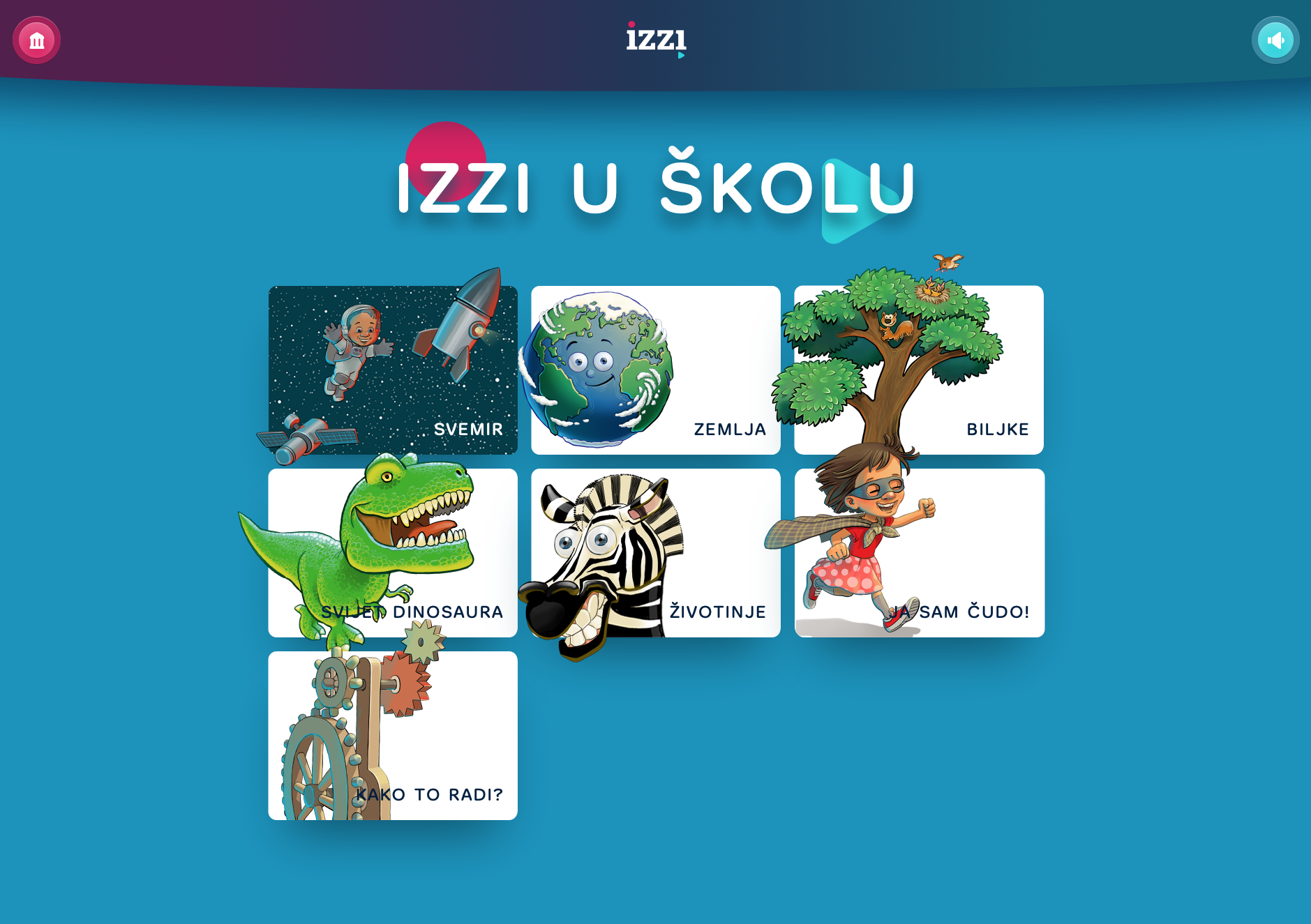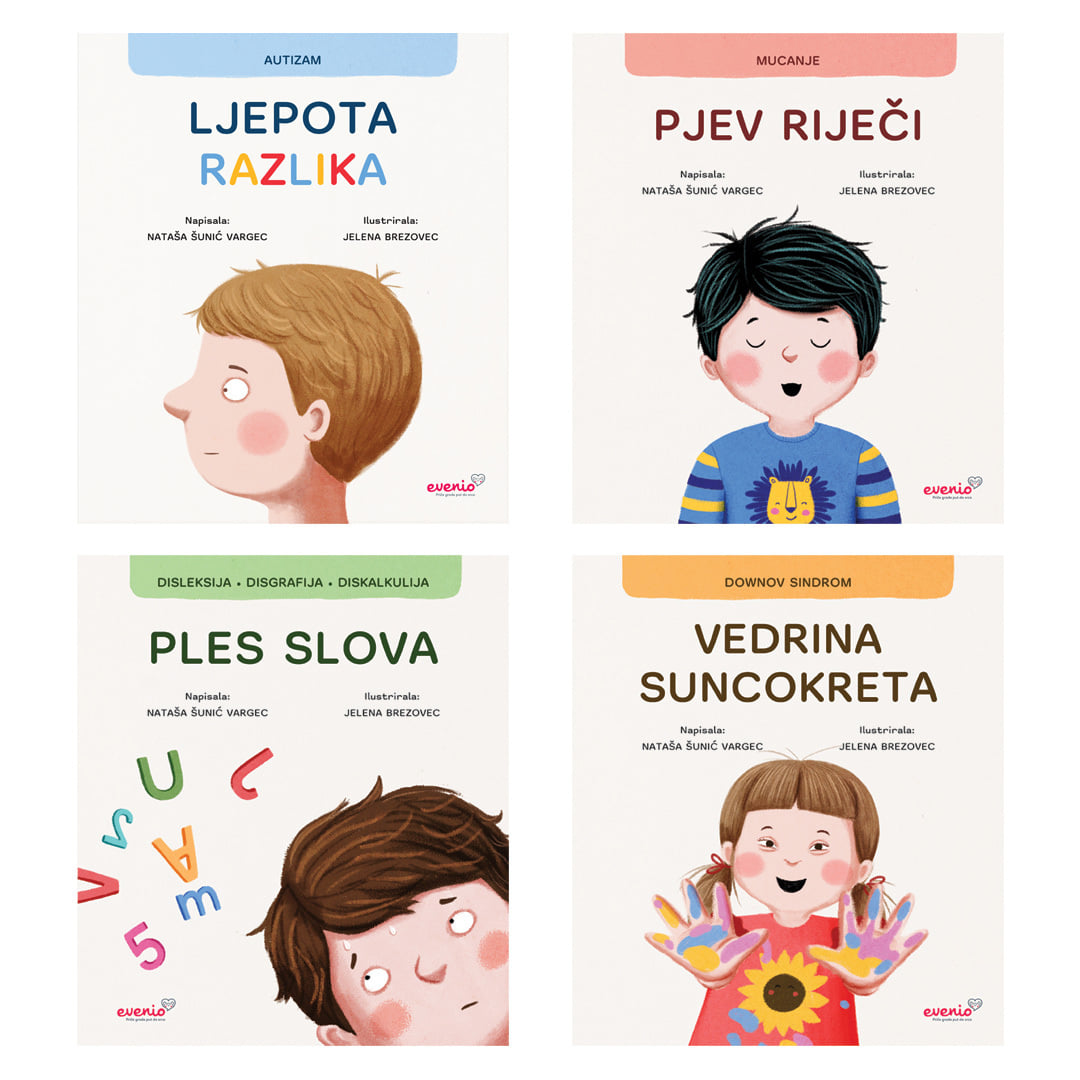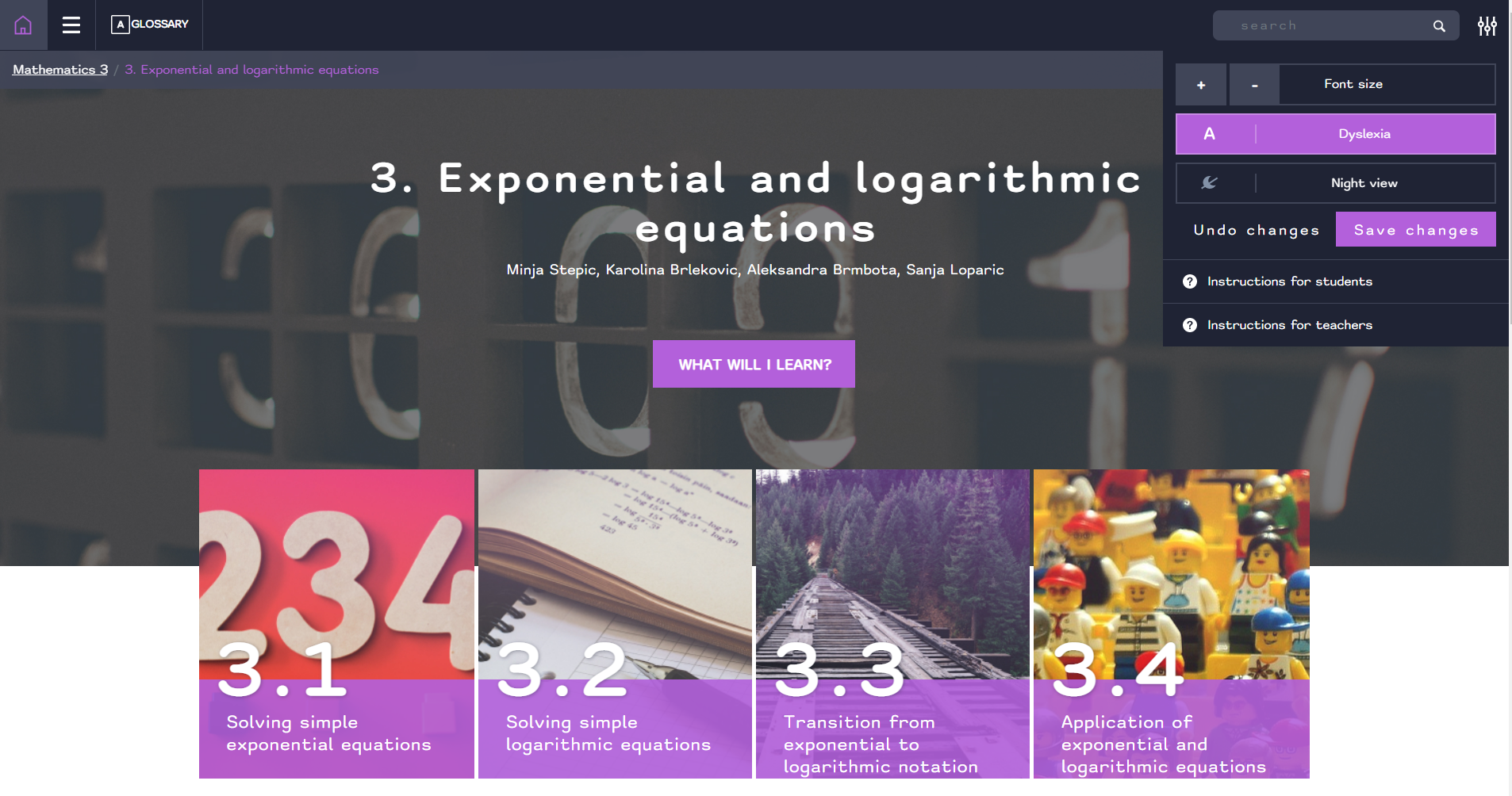OmoType - For Publishers, Designers and Developers
OmoType is currently used by tens of thousands of end users, as well as in schools and speech therapy offices. Apart from them many publishers, designers, web developers and companies chose to provide improved reading experience to their audience using OmoType in printed and digital editions, websites, apps and accessibility solutions.
How Publishers Use OmoType in Print?
Profil Klett, one of the educational publishers in the EU, is using it in their workbooks and Izzi - digital learning materials.

Among bigger publishers there are Mozaik knjiga, VBZ and Naklada Slap that use OmoType for both printed and digital editions as well.
Among smaller publishers there are a few like Evenio and Studio Idea that chose OmoType not just for its high legibility and readability but also because of its impact on the young readers.

OmoType in Digital Editions and Apps
Due to its dynamic capabilities, using OmoType in a digital environment provides endless possibilities. The best example is Lexie - web application for enjoyable reading and learning. Another great example is ReadAble - widget for an accessible web.
One of the biggest projects where OmoType is used for accessibility is e-Citzens - a portal for information and e-services of the Republic of Croatia.
Algebra implemented OmoType in digital education content developed for the e-school system. It enables students with dyslexia and reading difficulties to switch text into OmoType.

OmoType found a similar application with a software development company Global Design. They implemented it into web accessibility solutions for over 20 websites.